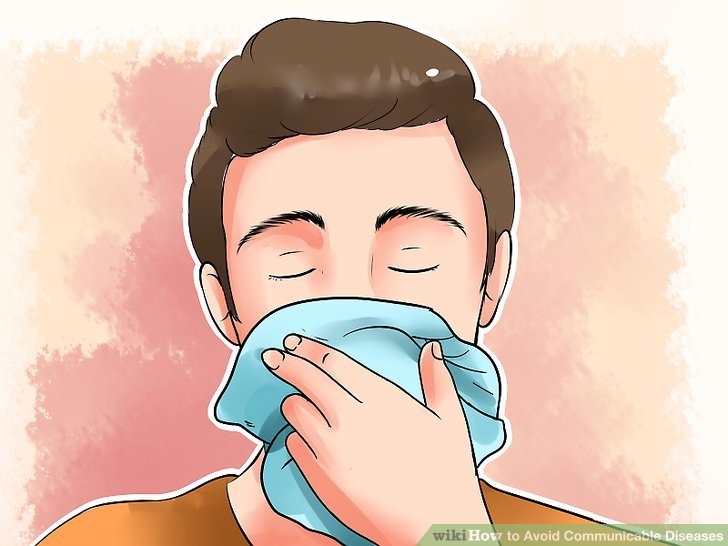Diseases or infections are caused by the presence of foreign microorganisms in the body which alter the standard functions of cells and organs. Most diseases are transmitted through germs which pass from the environment to the body. Diseases or infections can be contracted through direct contact with an infected object or indirect contact with a contaminated environment.
Below are some of the commonest ways of disease transmission in the world today.
Physical Contact – Skin, Blood or Other Body Fluids
Direct skin contact is one of the most common ways of disease transmission. A disease or an infection can pass from one individual to another if there is contact. This contact may be either through the skin, eyes or mouth.
Blood contact when the skin is broken can also cause infections. In such cases, the skin no longer acts as barrier and disease can be transmitted at the slightest contact.
Other body fluids like, semen, saliva, breast milk, and vaginal secretions from an infected person can transmit disease from an infected person when there is contact. Kissing, breastfeeding or sex causes contact between the thin moist lining of body parts such as the nose, mouth, throat, and genitals (the mucous membranes). Diseases that can spread this way include cytomegalovirus (CMV) infection, Hepatitis B and C, glandular fever, and human immunodeficiency virus (HIV).
Droplet spread
Tiny droplets sprayed during speaking, coughing, and sneezing. Infectious diseases can spread from any of these actions through the droplets. The droplets are usually small in size and travel only for about one meter before falling to the ground. Hence, diseases can only be transmitted in droplets when there is proximity between the carrier and the uninfected. Examples of diseases transmitted this way are flu, meningococcal disease, common cold, and rubella.
Airborne transmission
Some other diseases can be transmitted through the air by infectious agents which can travel long distances. These agents can remain suspended in the air for a long time after contact with an infection. The suspended particles are called small particle aerosols. Small particle aerosols are the transmitters of airborne diseases like measles, chickenpox, and tuberculosis (TB).
Contaminated objects
Other organisms can live on objects for a short time after deposition. If a person comes in contact with those objects carrying the organisms, they contact the disease. Objects such as doorknobs, bed sheets, toys, and rails are sources of transmission of infections after exposure. The disease is transmitted when there is contact between the hand which had contact with the contaminated object and sensitive body parts like the mouth, nose, or eyes without proper cleaning to remove germs.
Food and drinking water
Improper food and water management can transmit Infectious diseases to the body. Food and water treatment should be properly done to prevent ingestion of bacteria like E. coli into the body.
Contact between Animals and Persons
Infectious diseases can be transmitted from an infected animal to a person. This can be from an infected animal (pets or wild animals) or poor handling of animal waste. In addition, infectious agents can also be transmitted by insects like mosquitos, fleas, and ticks that suck blood. The insects get infected and spread the disease to the human host. Some diseases transmitted this way are West Nile virus, Malaria, and Lyme disease.
Diseases put the body in an uneasy state. It is, therefore, necessary to be acquainted with common ways in which diseases are transmitted. The knowledge of how diseases are spread will help in taking adequate preventive measures to reduce health risks.
Need a Primary Care Physician? Primary Medical Care Center is an Urgent Care Miami provider serving Miami-Dade and Broward County with Two Convenient Locations. Call Now: 305-751-1500 or visit us (11500 NW 7th Ave., Miami, FL 33168, 2412 N State Road 7, Lauderdale Lakes, FL 33313).
